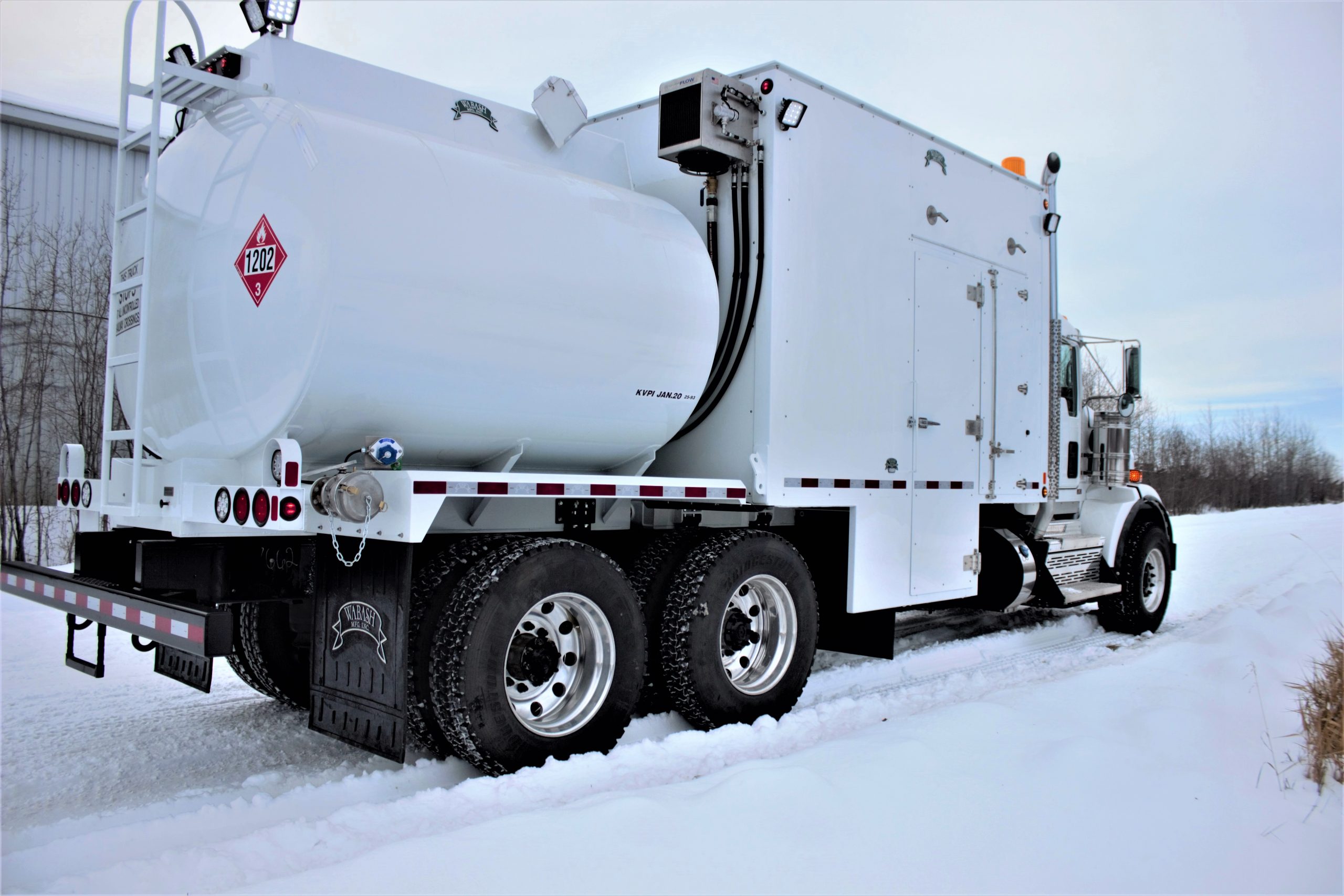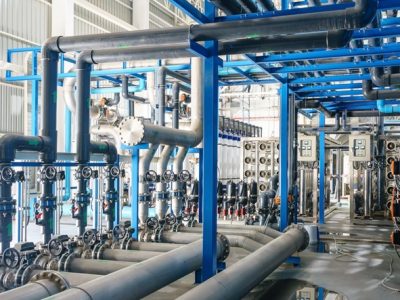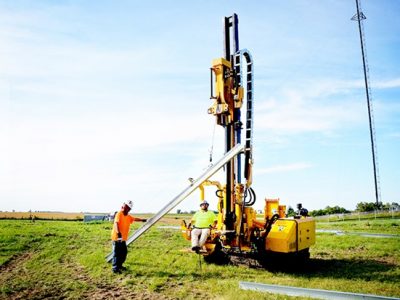Nothing beats a truck that can transport both lubricant and fuel. It’s the perfect marriage of form and function. In terms of efficiency, these cars are unrivaled. If you have gasoline cars and a trustworthy crawler carrier, your company will be at the forefront of heavy equipment use.
Whether you rent or buy your crawler carriers, be sure they come from a reputable firm. Thankfully, Worldwide Machinery is here to help. We deal with a variety of contractors, from mining to construction, who need efficient equipment to fulfill their tasks.
What Exactly Are Fuel Trucks & What Do They Do?
When they come upon a fuel delivery vehicle on the road, most drivers consider keeping their distance. Despite the risks, gasoline transportation is significantly safer than it used to be. From tin cans on the bed of a wagon to the complicated architecture of a modern delivery truck, fuel transportation has improved considerably and is now safer than ever.
Transportation History
Initially, gasoline was delivered by horse-drawn chariots transporting fuel barrels. This has a significant influence on the petroleum sector’s delayed and risky expansion. Tank carts with gasoline canisters on the back were invented around 1880, enhancing carrying capacity while still being driven by horses. Standard Oil began employing motorized tankers in 1910. Other companies followed suit.
As technology advanced, oil companies began to use rails and underground pipelines to transport petroleum farther and faster. Tank trucks were commonly utilized to deliver gasoline over short distances in the early twentieth century. Anglo-Americans, a branch of Standard Oil, constructed the first tanker in 1905. In the 1920s, these cars began to display the names of the companies whose oil they delivered.
Initially, the tanks were rectangular and occasionally curved. Elliptical and cylindrical tanks were created during World War I. By the end of the war, all tanks, including tank trucks and tank trains that supplied fuel by rail, had been converted to one of two types.
Within the Lines
The battle increased fuel production and transportation. Crude oil and gasoline must be sent to other countries as quickly as feasible, utilizing whatever means are available. Oil tankers on lakes and the sea, pipelines, tanker cars and trucks, and air and sea refueling were all part of this. Fuel supply lines were vital components of the system that kept troops motivated, engaged, and fed. The majority of the French drivers for the Red Ball Express were Black Americans. This organization provided a wide range of petroleum items that transport swiftly, such as grease, motor oil, and gasoline.
Trucks were regularly used for this purpose. They were either transporting fuel or refueling for the next excursion. Constant use, on the other hand, may cause the vehicle to degrade faster and collapse prematurely. If the supply of tires ran out, there were always spares to retread all of the trucks. When the vehicle’s tires blew out, it wasn’t very helpful. Home heating oil and 80-octane gasoline were important in keeping people fueled at home while the war raged on the other side of the planet.
The Petroleum Administration for War first categorized short-haul activities as being less than 25 miles in the distance but eventually expanded the restriction to 200 miles in order to protect the United States’ gasoline supply. Over short distances, tank trucks carried gasoline to neighboring gas stations and aviation fuel to airports.
Evolution of Modern Delivery and Transportation
Tanker trucks now feature thick linings that protect the tank, control leaks and keep contaminants at bay. Because aluminum tanks are lighter, can sustain greater weight, and will not catch fire if a vehicle rolls over, they are used.
Modern segmented tanks can only transport one sort of liquid cargo at a time, such as gasoline or industrial chemicals. Bobtail trucks with a capacity of fewer than 5,000 gallons are often used to transport fuel over short distances rather than long-haul vehicles.
Gasoline is a refined product that is distributed by modern gasoline distribution equipment from refineries to individual gas stations. However, one of the most significant changes in gasoline distribution has been an increase in safety procedures and training. Drivers of hazardous commodities must get special training to protect both the driver and the cargo. Tanks are also built with the environment in mind, especially when it comes to transporting gasoline.
What Are the Benefits of Lube & Fuel Trucks?
While managing a fleet of vehicles is simple, there is more to owning a heavy equipment company than meets the eye. To securely and correctly discharge liquids to various types of machinery and vehicles, fuel and lubricant trucks must first be outfitted with the appropriate tanks, pumps, and hoses. They must also be supplied with cutting-edge technology to ensure that fluids are delivered correctly and without leaks.
Fuel and lubricant trucks must also be able to maneuver through congested streets and highways. Driving demands the usage of an experienced and skilled driver who can deal with traffic and road conditions.
Finally, fuel and lubricant trucks are essential to the smooth operation of a vehicle fleet. Activities would come to a halt if they were not present. If you ever need to refuel or top up, keep a watch out for one of these trucks! The ability of your organization to rent space may be critical to its success.
Additional Equipment You Might Need
If your organization uses lubricant trucks, you may need to acquire additional equipment. It would be preferable if you considered adding a crawler carrier to your truck fleet. Crawler transporters are a very versatile piece of technology. These vehicles are designed to survive the worst terrain and weather. Crawler carriers are pieces of construction equipment that are used to move enormous amounts of material from one site to another. They are frequently employed when a standard-wheeled vehicle would be dangerous or unfeasible, such as while navigating rough terrain.
As a result, if you want a machine that can do it all, a crawler carrier is the way to go. However, remember to prepare your fueled vehicle. They will ensure that your fleet runs smoothly and on time.
Put your faith in Worldwide Machinery when it comes to picking the best crawler carrier. We sell some of the most well-known brands and have locations in Texas, Utah, and Kentucky. Click here to learn more about our crawler carrier and heavy equipment rentals.












Comments